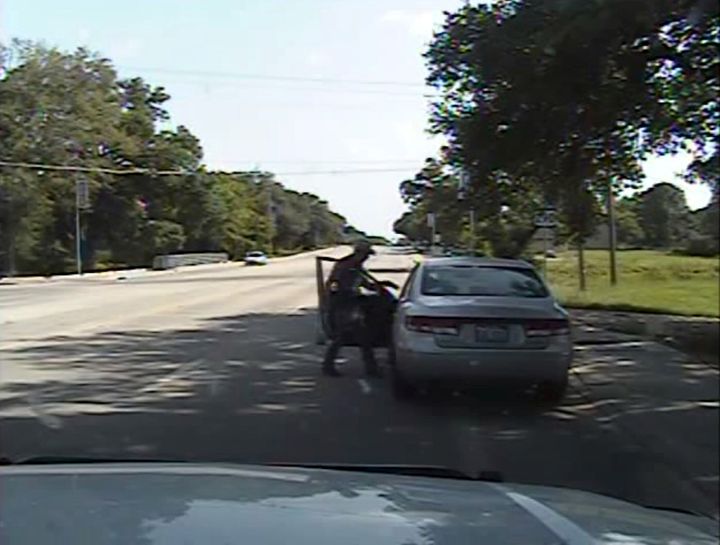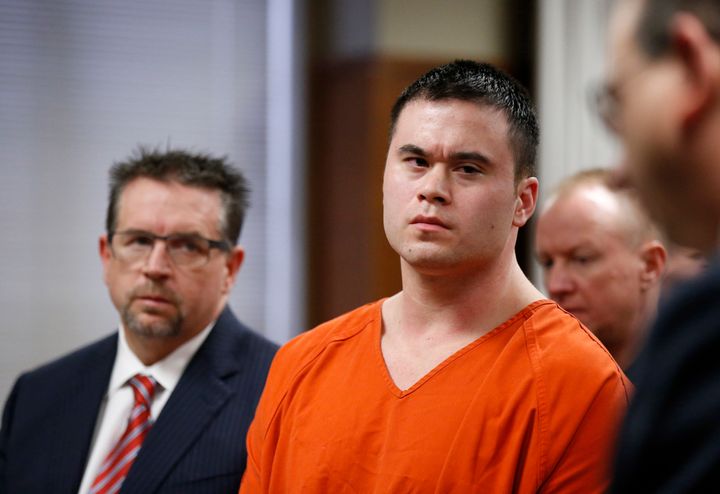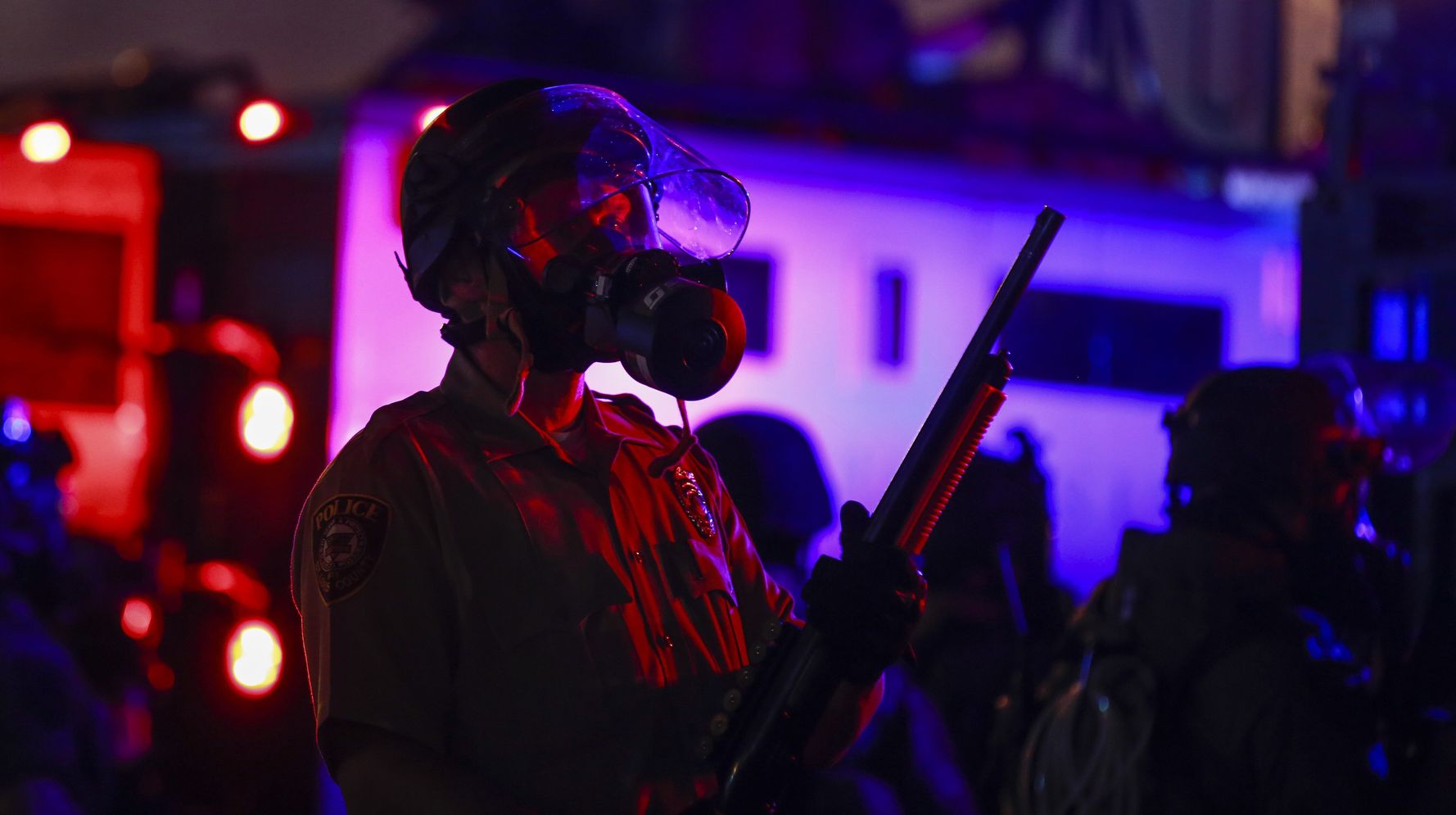[ad_1]
The decade between 2010 and 2020 was a clarifying decade in terms of the United States of America’s expectations for Black people.
Taken together, if Black people were to avoid all of the activities that white people now tell us to avoid for our own safety, the resulting condition would likely and coincidentally — or not — look a lot like slavery: We would be incapable of walking in our own neighborhoods, sitting in our own homes, caring for our own children, swimming, sitting in a classroom, playing with toys, shopping, working as a police informant, selling things, playing video games, running or driving.
Throughout the decade, news coverage often probed into the lives of those harmed while doing these things, but stories about the people who enforce those rigid stipulations were harder to come across.
Rarely were those people required to express in words their precise expectations for how Black people ought to live. Instead, they often opted for euphemisms about the need to respect or comply law enforcement.
But the effect of their demands was a strict and particular code of conduct for Black people.

Over the past decade, the United States made clear to Black children that they should not feel comfortable in their own neighborhoods and schools.
In 2012, 17-year-old Trayvon Martin was walking around his own neighborhood when he was stalked and killed by George Zimmerman, a neighborhood watchman with no legal authority. Zimmerman was later acquitted during his murder trial. Then, in 2014, 12-year-old Tamir Rice, who was carrying a toy gun, was shot and killed by Cleveland police officer Timothy Loehmann. Loehmann shot Rice within seconds of exiting his vehicle, but no charges were brought against him.
Dajerria Becton, a 16-year-old girl in Texas, was abused by officer Eric Casebolt at a pool party in 2015. Casebolt slammed Becton to the ground and stuck his knee into her back, driving her body into the grass beneath her. And in South Carolina, a 16-year-old girl was body-slammed by a school officer after she used her phone in class.
All of these violent incidents confirmed to Black children that their neighborhoods can be stalked by presumptuous and supposed authorities who will not hesitate to harm them or end their lives if they see fit.

U.S. law enforcement placed particularly horrific restrictions on Black women over the past decade as well.
During a period spanning from December 2013 to June 2014, Oklahoma City police officer Daniel Holtzclaw raped several women whom he had stopped to ostensibly conduct background checks on. Thirteen women — all of them Black — accused Holtzclaw of sexual assault, but the all-white jury found him guilty of only some of the accusations in 2015.
Prosecutors argued that Holtzclaw preyed on Black women with prior criminal records and substance abuse issues because he thought they wouldn’t be believed if they reported the assaults. During the trial, Holtzclaw’s attorney said the accusers were all lying and asked why they hadn’t reported the sexual assaults earlier.
“Each and every one of these people have street smarts like you can’t even imagine,” the attorney said, referring to the alleged victims.
In another, separate betrayal of trust, Shelley Hilliard, a transgender woman who had served as a police informant, was exposed by a regional police officer and later found burned to death by an associate of the man she helped arrest. When officer Chad Wolowiec was asked why he outed Hilliard, Wolowiec replied, “I don’t know.”
And in 2015, 28-year-old Sandra Bland was found dead in a Waller County jail cell in Texas after being arrested during a traffic stop by state trooper Brian Encinia. Encinia slammed Bland to the ground and threatened to kill her before hauling her to jail. An investigation found that Bland had died by suicide, but her family was awarded $1.9 million in a wrongful death settlement with Waller County years later, after it was revealed that Bland had been under inadequate surveillance while being imprisoned.
Over the past decade, these and other similar incidents suggested to Black women that they are not to expect any tenderness or care when they come into contact with police, and even when they do so humbly or helpfully, their protection is never guaranteed. Whether driving or walking or assisting law enforcement, Black women continually found themselves victimized by police violence.

The sheer volume of state-sanctioned harm levied against Black people over the past decade sent a message of its own: Activists implored Americans to say the names of and commemorate those who were harmed or harassed by police, but the deluge of victims and the need for Black people to remember them all for our own safety became its own sort of psychological warfare that continues today — Michael Brown, an unarmed man shot dead and left baking on a St. Louis street; Walter Scott, an unarmed man shot in the back while fleeing; Freddie Gray, a man arrested and fatally injured during his ride to the police precinct; Philando Castile, a lawful gun owner shot dead while sitting in his car at a traffic stop; Eric Garner, an unarmed man choked to death during an arrest for selling cigarettes; Atatiana Jefferson, an unarmed woman shot in her home while playing video games with her nephew; Botham Jean, a Black man shot to death after an officer entered his home without warning.
The decade between 2010 and 2019 was characterized by widespread hysteria about the purported dangers of Black life, and the people most fearful of it were willing to use the law to curtail and restrict it wherever and however possible.
Calling all HuffPost superfans!
Sign up for membership to become a founding member and help shape HuffPost’s next chapter
[ad_2]
Source link

